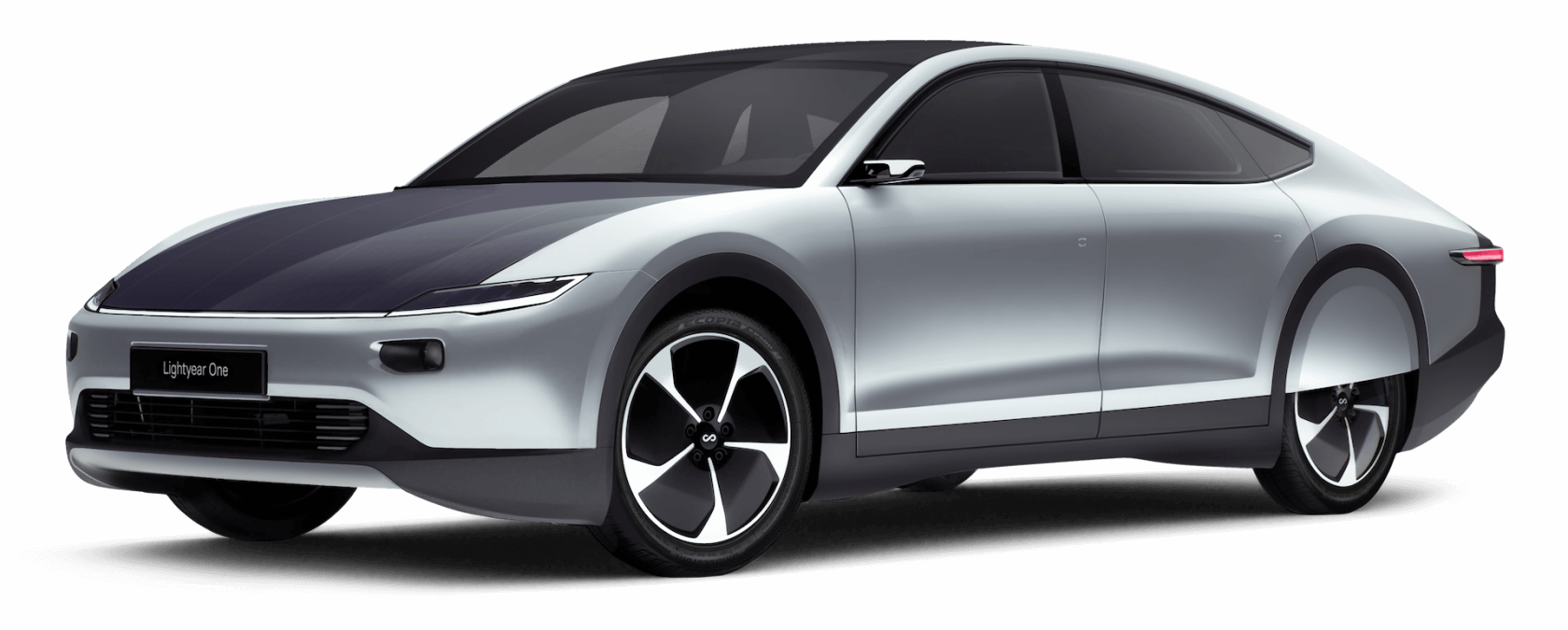
Tesla might be an electric car enthusiast's wildest fantasy, but in terms of pure green energy, they still aren't quite perfect. After all, the electricity you use to charge the car from your home could have been generated in less-than-clean power plants or factories.
For those who truly want to minimize their carbon footprint, Dutch carmaker Lightyear's latest announcement might be of interest: the company has unveiled the Lightyear One, an all-electric car with built-in roof and hood solar panels. These panels, as long as it's relatively sunny outside, will allegedly be capable of adding an extra 7.5 miles of range to the car per hour.
Obviously, that charging speed isn't going to set any industry records. In fact, if you relied on it as your only charging method, it would take you almost three days to fully power up the Lightyear One's battery (which has 450 miles of range by default).
However, that's not what the solar panels are intended for. Instead, they have been designed to reduce the amount of time and money you spend on ordinary charging in the long run, or perhaps even acting as an emergency power source if you're stuck in the middle of nowhere with a dead battery.
As nice as the Lightyear might sound, and as sleek as its early prototype looks, these vehicles are not targeted toward the mass market. If you get the "Pioneer Edition" of the Lightyear One, you'll be expected to drop €119,000 ($135,500) for a reservation payment, which is a sizable chunk of the vehicle's full €149,000 ($169,658) price tag.
If you're a bit later to the party, or simply want to pay less up front, the first 1,000 One owners will pay a reduced reservation payment of €19,000 ($21,635). Everyone else will need to shell out €4,000 ($4555). The benefit of getting in early is that you'll get the car earlier -- Pioneer Edition owners are expected to receive their One in early 2021, but everyone else will need to wait until mid 2021.
https://www.techspot.com/news/80666-lightyear-one-169000-electric-car-built-solar-panels.html